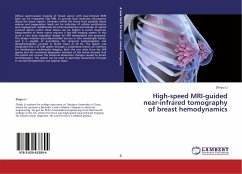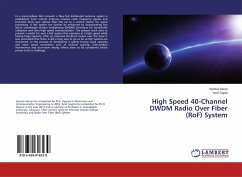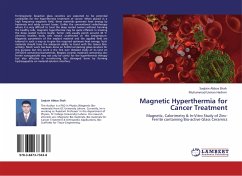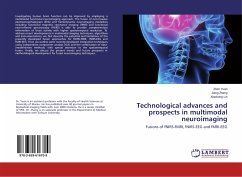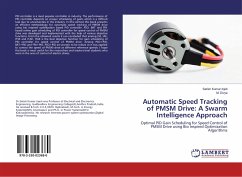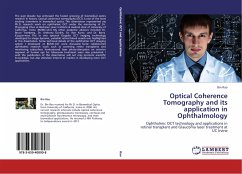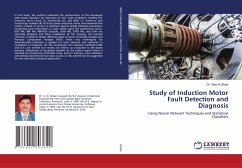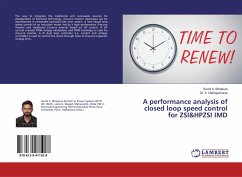Diffuse spectroscopic imaging of breast cancer with near-infrared (NIR) light can be integrated into MRI, to provide local molecular information about the tissue regions. Dynamics within the tissue from pulsatile blood volume and oxygenation levels can be indicative of cellular proliferation and angiogenesis. Additionally the pharmacokinetics and leakage of optical contrast agents within these tissues can be helpful in tumor diagnosis. Measurement of these events requires a fast NIR imaging system. In this work a new data acquisition design for NIR tomography was proposed. This design includes spectrally-encoded sources in two wavelength bands, and it is capable of quantifying the temporal oxyhemoglobin and deoxyhemoglobin contrast in breast tissue at 20 Hz. The system was integrated into a 3T MRI system through a customized breast coil interface for simultaneous multimodal imaging. Both the raw data from the NIR system and the recovered absorption variation of the breast showed that this system can recover the temporal absorption changes caused by breast hemodynamics. The system can be used to spectrally characterize changes in normal fibroglandular and adipose tissue.

